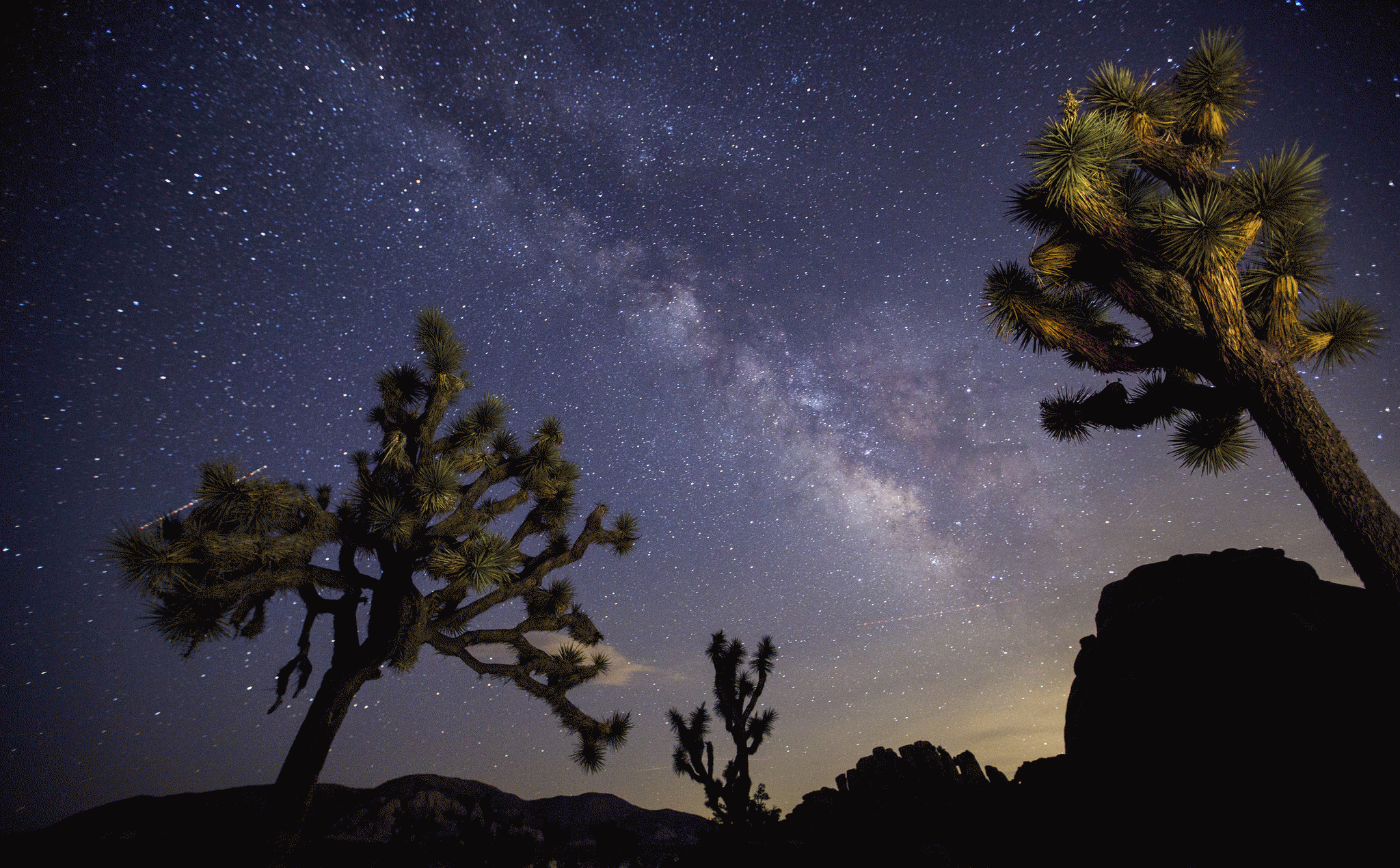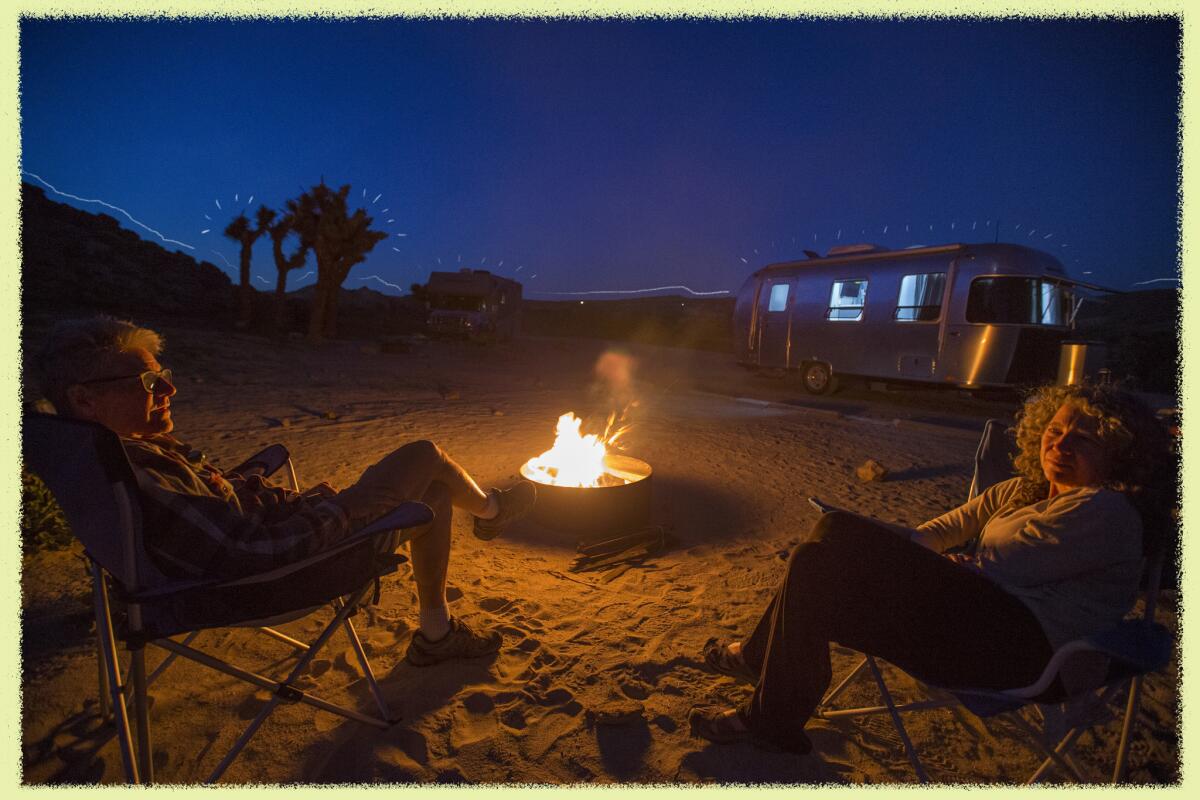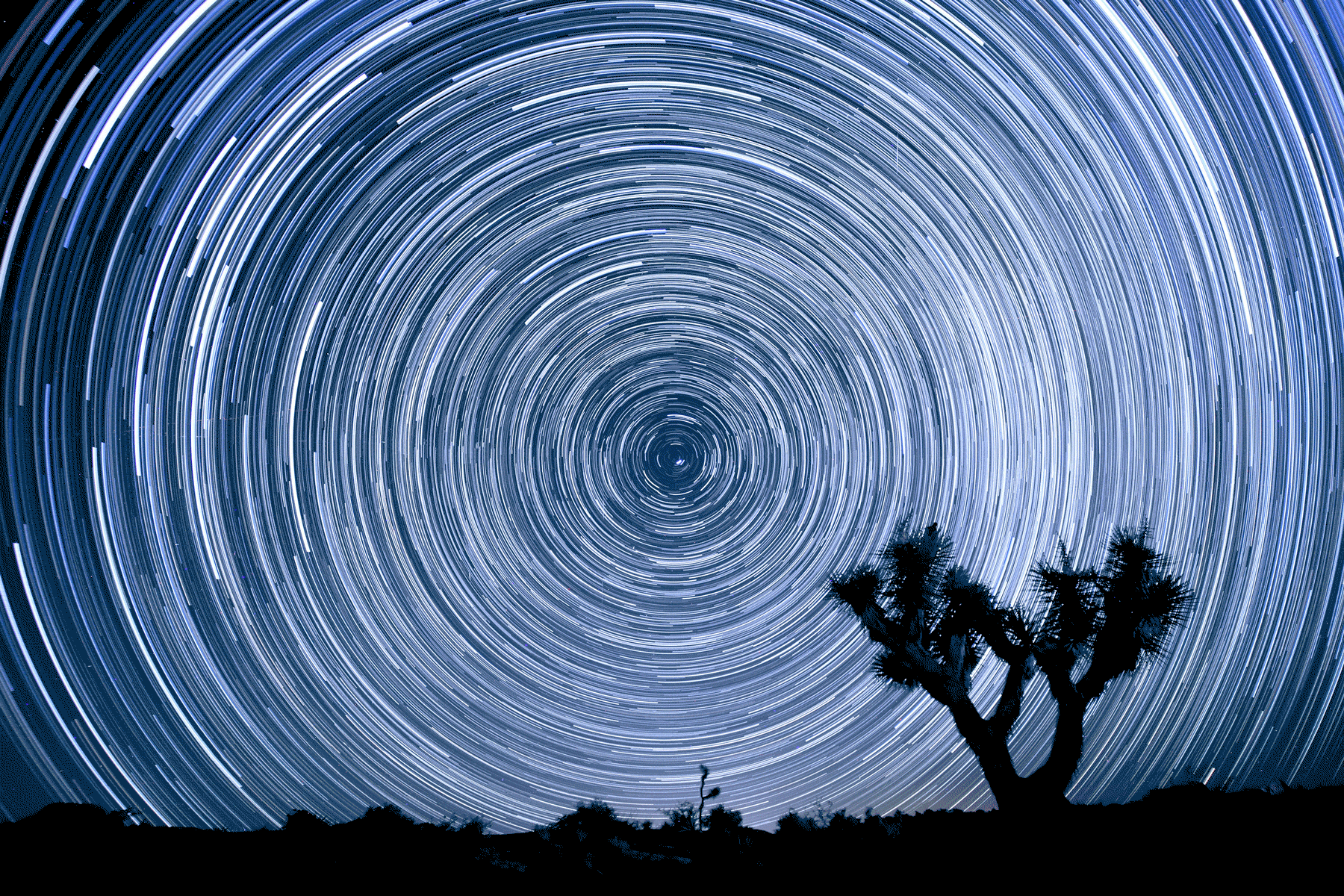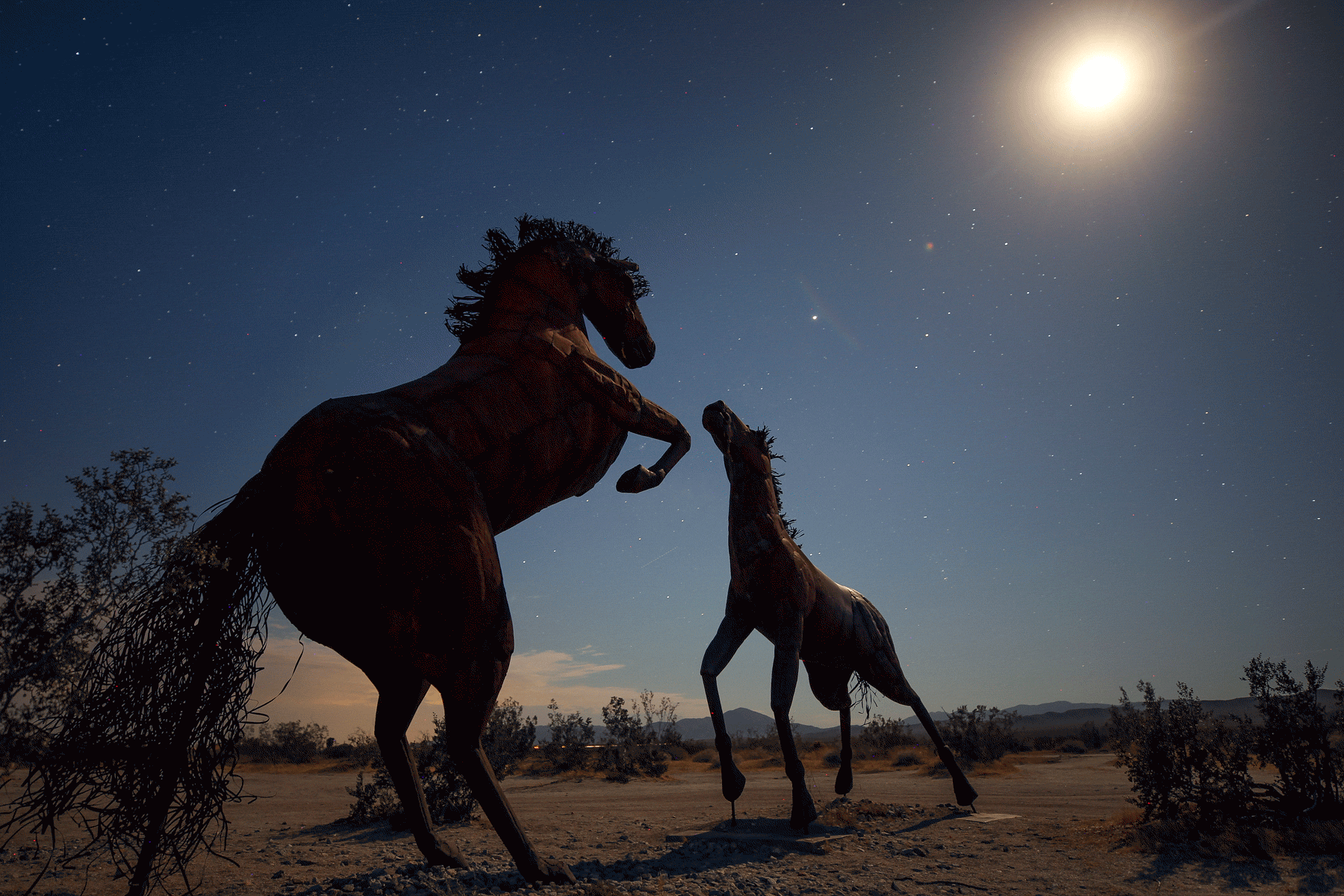The best stargazing spots in SoCal

Good morning, fellow Escapists. This week, we’re diving into the cosmos in celebration of the Perseid meteor shower, which will peak Friday and Saturday.
In this edition of Escapes, you’ll find a few close-to-home spots to try for a glimpse of the meteors, the product of particles shed by a comet. Fair warning: According to Griffith Observatory, the nearly full moon’s light “will vastly reduce the numbers of visible meteors.”
Still, who doesn’t want to try for a glimpse of the annual celestial phenomenon? Plus, the places mentioned in this newsletter are superb spots for general stargazing outside Perseid season.
But before getting to the star stuff, I’d like to switch gears for a moment and bring up a question posed to me last week by a reader: Do you have a recommendation for a golf resort in the redwoods near Mendocino?
I’m not a golfer, but I love redwoods as much as the next traveler. And I can only imagine how magical it would feel to play a round of golf with redwoods towering above. After a bit of research, I came across the Little River Inn — just five minutes from downtown Mendocino — and its nine-hole golf course amid the redwoods.
Do you have a golf course recommendation — or another destination suggestion — for fellow readers? Do you have a question about travel in California that you’d like to ask? My inbox is always open; send me a note anytime.
Conveniently enough, the Little River Inn, in addition to other accommodations across the West, offers a stargazing package that includes two nights in an ocean-view room, a travel blanket, snacks and access to the inn’s binoculars, star map, flashlight and more. Although it’s too late to book the package for the Perseids’ peak (the inn needs at least five days’ notice to make arrangements), it seems like a luxe way to enjoy the stars on a clear night.
Get inspired to get away.
Explore California, the West and beyond with the weekly Escapes newsletter.
You may occasionally receive promotional content from the Los Angeles Times.
Plan a last-minute trip to a nearby stargazing spot

Two years ago, I watched the meteors’ bright lights crisscross the sky from the comfort of a “bubble” Airbnb in Joshua Tree. But you don’t need to venture far from L.A. to get a good look at the heavens.
Last year, Times contributor Matt Pawlik rounded up 10 stargazing sites near Los Angeles ahead of the annual meteor shower. Here are three of his favorites:
- Chula Vista Campground: Considered by Pawlik to be “the most heavenly stargazing spot within 100 miles of the City of Angels,” this campground is located in the Los Padres National Forest. Reservations are first-come, first-serve.
- Ojai: The city’s dark-sky ordinance, intended to reduce light pollution, makes it an ideal stargazing destination. Pawlik recommends snagging a campsite at Dennison Park or Wheeler Gorge Campground — reservations can be made in advance for both. Pro tip: Make sure to catch “pink hour” in addition to the meteors.
- Red Rock Canyon State Park: “The 27,000-acre space is home to arguably the darkest skies within two hours of the bright urban jungle of downtown Los Angeles,” Pawlik writes. “On a clear day with no moon, visitors may be able to see the Andromeda galaxy with the naked eye.” Campsites are first-come, first served.
Attend a star-focused festival at a national park

Can’t make it out to see the Perseid meteor shower? No worries; there are still opportunities to get a special glimpse of the stars this year.
Some of the best stargazing conditions in California can be found in its national parks. Parks such as Sequoia and Joshua Tree even host festivals dedicated to the wonders of the night sky. Here are a few upcoming festivals to include on your calendar.
- The Sequoia Parks Conservancy’s Dark Sky Festival returns Sept. 24. The free festivities — which include a film screening, kids programming and two “star parties” — will be held at various locations in Sequoia and Kings Canyon national parks.
- The Night Sky Festival, hosted in partnership with Joshua Tree National Park, is scheduled for Sept. 23 and 24. Catch a night sky photography workshop, a guided wilderness hike, astronomy presentations and more at this ticketed event.
- The Death Valley Dark Sky Festival was held on Feb. 25-27 this year. The park advises those interested in attending the 2023 festival to check back this winter for dates and other information.
- Lassen Volcanic National Park’s Dark Sky Festival is currently on hold and expected to return in summer 2023.
Travelers can also catch guided night hikes and other stargazing events as part of many national parks’ regular programming. For example, the Yosemite Conservancy offers a naturalist walk titled “Explore Yosemite’s Night Sky” from 9 to 10 p.m. Mondays through Fridays.
Take a road trip to California’s dark-sky communities

Everyone knows that California is home to world-class beaches, mountains, museums, restaurants and more. But did you know that it’s also home to two international dark sky communities?
To receive this designation from the International Dark-Sky Assn., a community must show “exceptional dedication to the preservation of the night sky through the implementation and enforcement of a quality outdoor lighting ordinance, dark sky education and citizen support of dark skies.”
Borrego Springs and Julian, both in San Diego County, have made the cut and become international dark sky communities. Travelers can spend a long weekend exploring the two towns, just 30 miles apart, and appreciating their brilliant night skies.
Borrego Springs is surrounded by Anza-Borrego Desert State Park, a convenient place to stargaze on a visit to the small city. Julian, a 45-minute drive away, is perched more than 4,000 feet up in the Cuyamaca Mountains.
Dark skies aren’t Julian’s only highlight Don’t miss its famous apple pie and cider.
🎸 Road song
“Halley’s Comet” by Billie Eilish. Play it as you cruise California 78 on your way from Borrego Springs to Julian.
Sign up for The Wild
We’ll help you find the best places to hike, bike and run, as well as the perfect silent spots for meditation and yoga.
You may occasionally receive promotional content from the Los Angeles Times.




